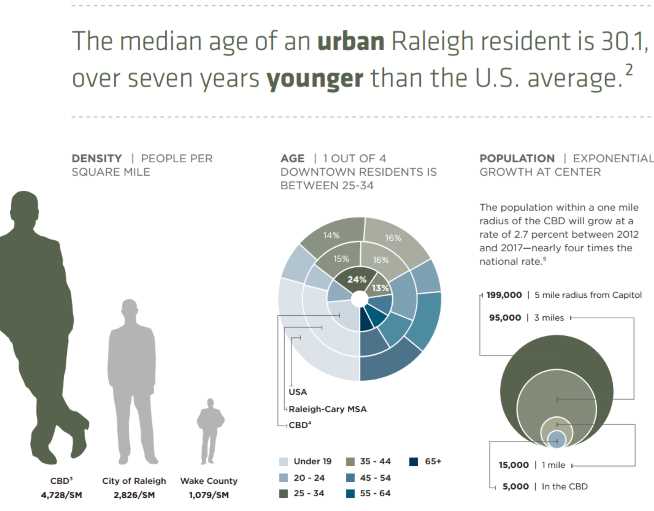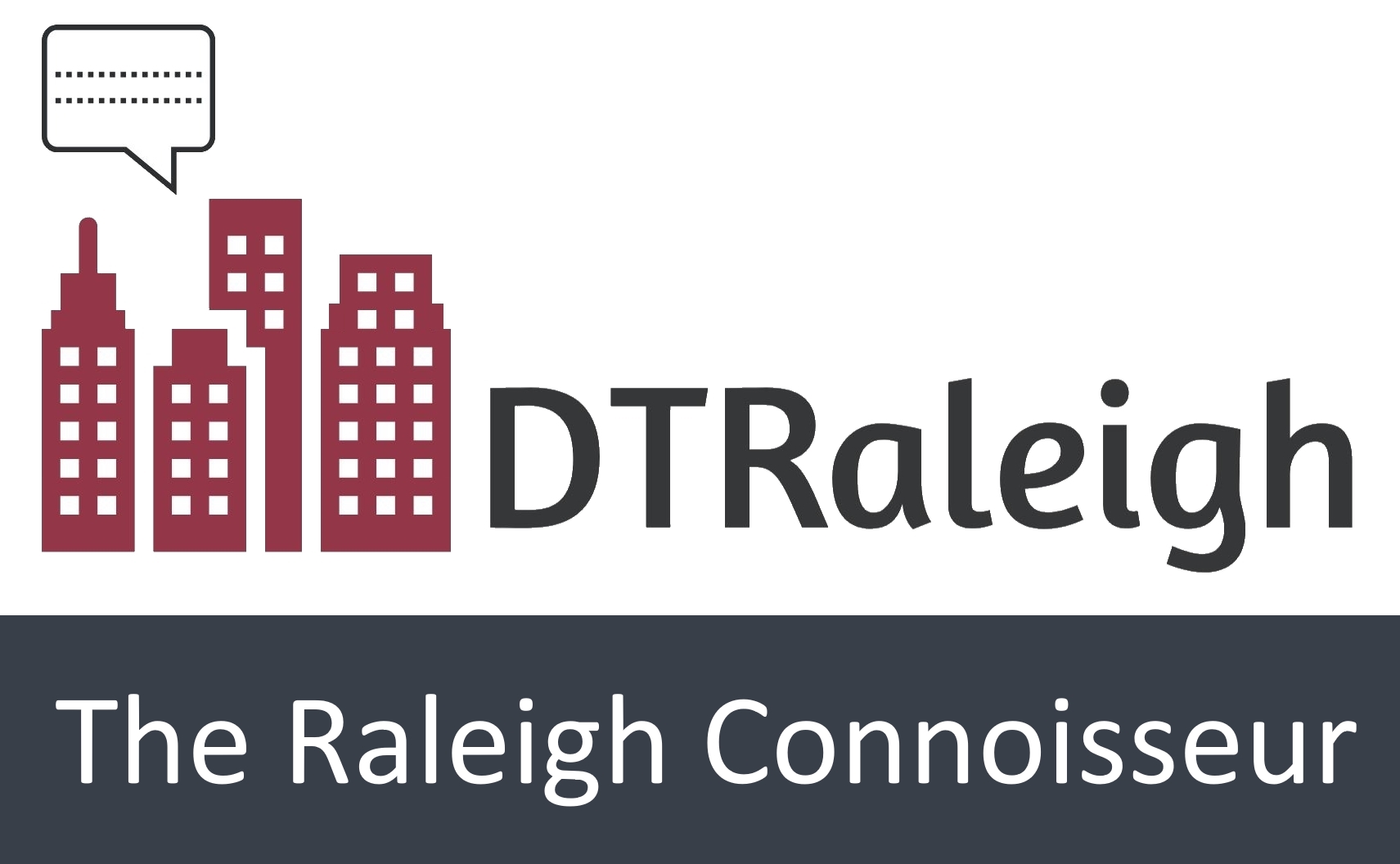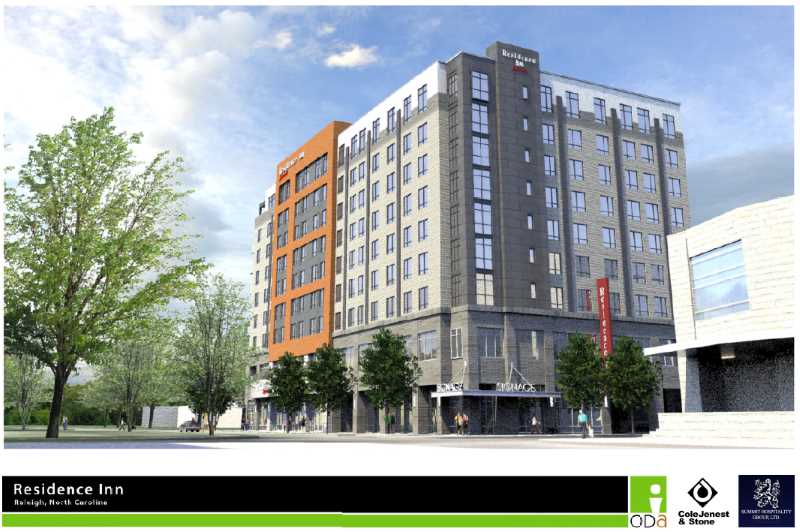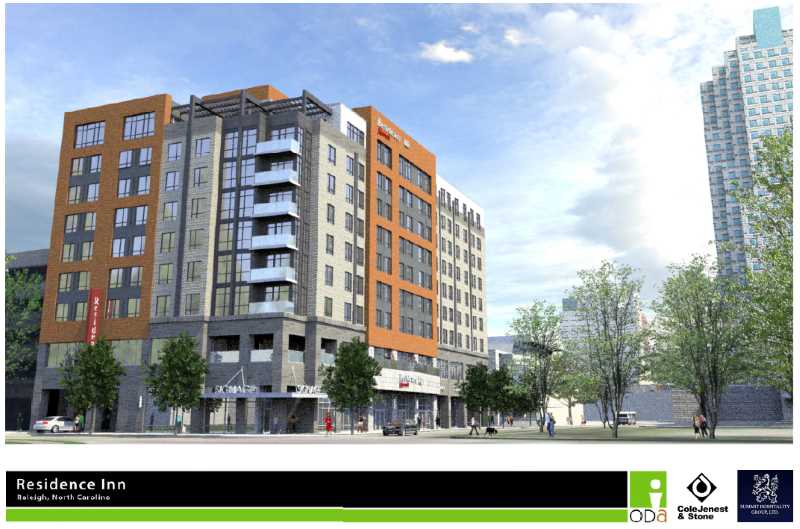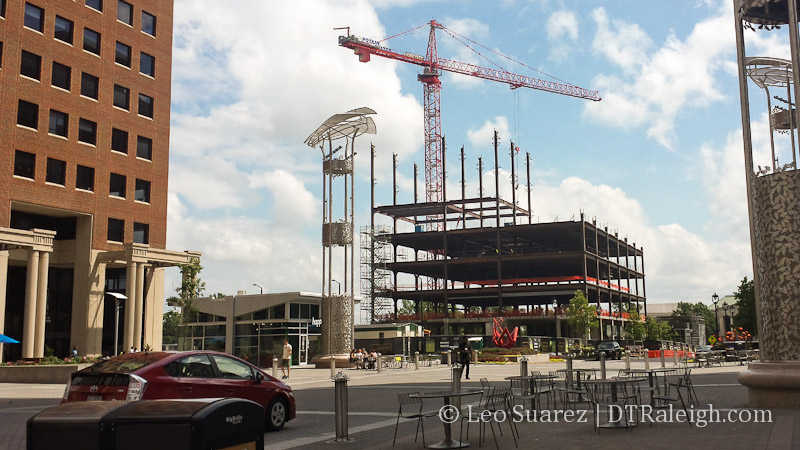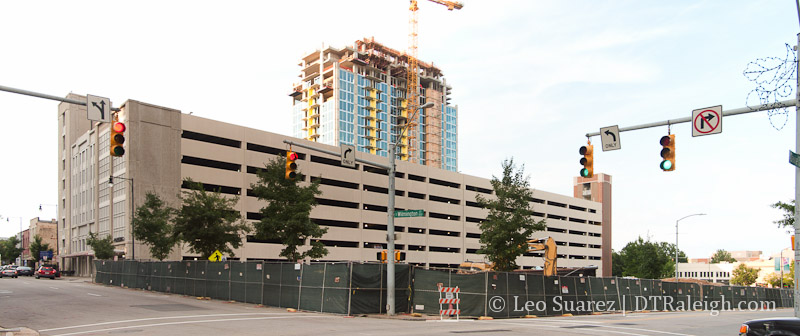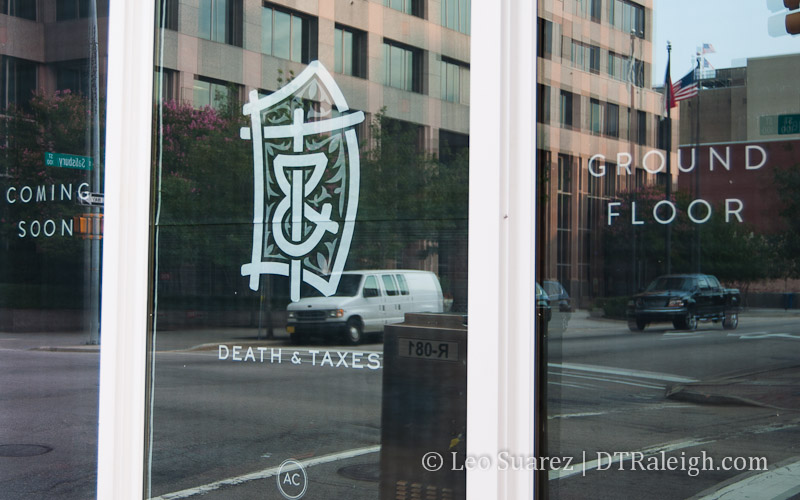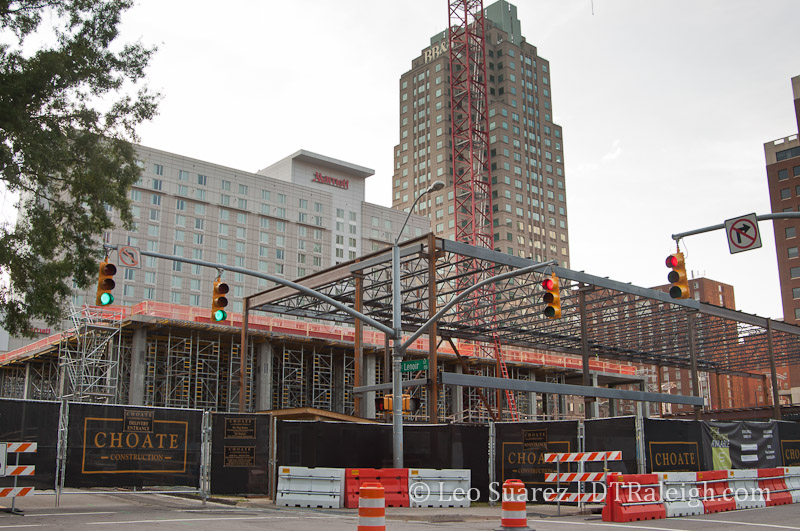Municipography is a summary of current issues going through the Raleigh City Council and other municipal departments in the city. The point is to try to deliver any video, photos, and text associated with the discussions happening at City Hall or elsewhere. Since this is a downtown Raleigh blog, the focus is on the center of the city.
There was a lot of transit talk at this week’s city council meeting. Presented to council were some 3D renderings of what the future Moore Square Bus Station could look like after its upcoming upgrade. Technology upgrades in downtown transit are also coming as money has shown up towards setting up a downtown Raleigh smartphone application and a smart card fare system for the CAT buses.
Moore Square Transit Station
Watch the video snippet above. If it doesn’t work for you, go here.
As part of the ongoing Downtown Bus Facilities Master Plan, Moore Square Transit Station is getting an upgrade. Jason Horne of the Raleigh Transit Authority and
the design team presented some new renderings of the station’s future. Construction could start as early as Spring 2015 on the now 26-year-old facility. Plans call for a new bathroom, security and ticketing office, more open, friendlier spaces, and and an additional lane for buses to handle more capacity.
Construction is estimated to take 14-18 months with the station being open throughout that time period. Here are a few slides from the presentation. Make sure to read the Raleigh Public Record’s article about the presentation and to see the rest of the slides and renderings.
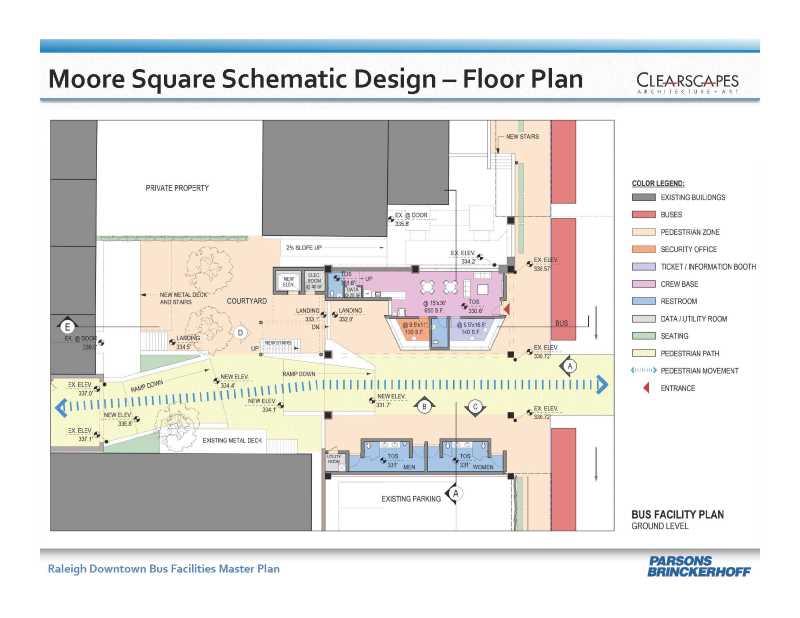
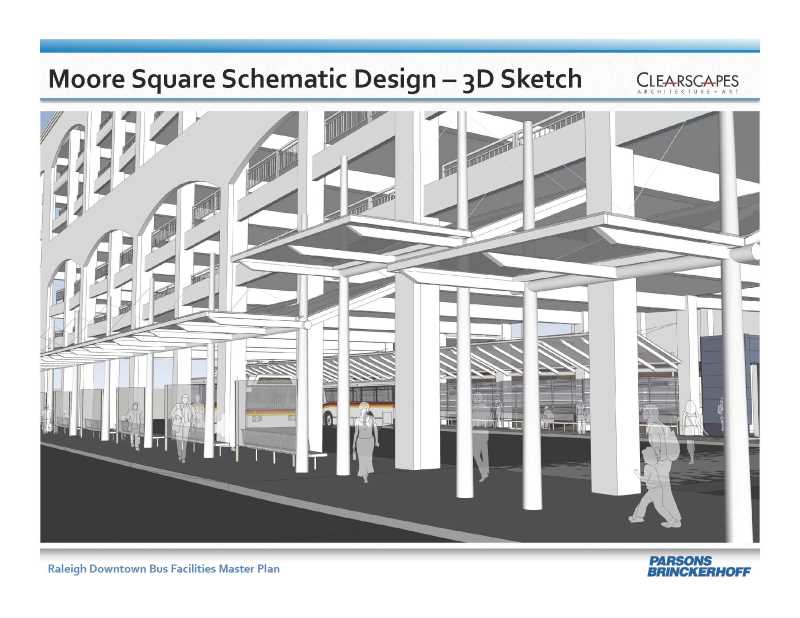
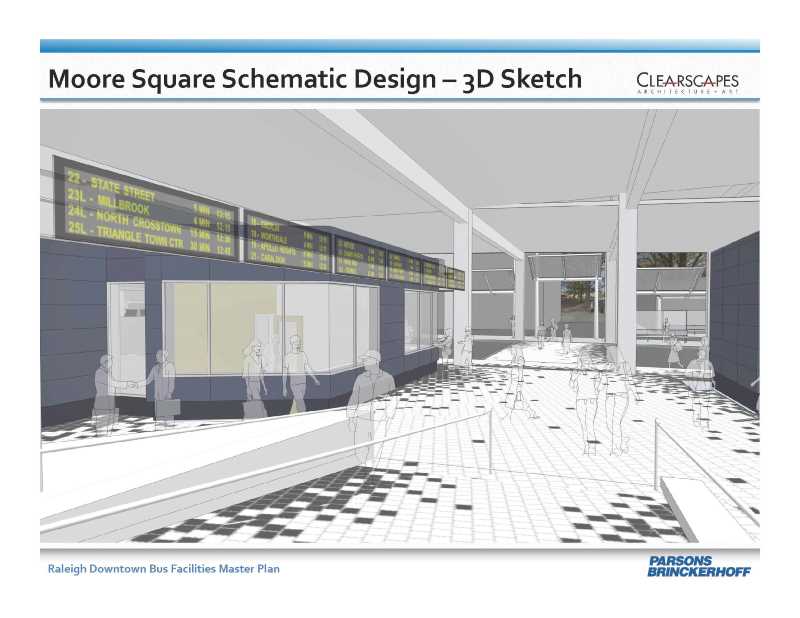
Downtown Smartphone App
Watch the video snippet above. If it doesn’t work for you, go here.
We definitely talk about parking a lot here. However, an initiative that I’m involved with to bring a smartphone app to downtown in order to help with any parking struggles has moved one step further. During the meeting, council approved $5,000 from a contingency fund to go towards the development of that app. The Downtown Raleigh Alliance will raise the rest of the money and see the app to completion.
Read more about our efforts here:
It’s never a bad time to talk about everyone’s favorite topic: Parking. I typically don’t fly the blog outside of downtown Raleigh but North Hills has something that’s very unique. I’m excited to announce that the Parking App Team that won last year’s DataPalooza, with roots in downtown Raleigh, has launched in North Hills.
*North Hills Smartphone App Will Include Parking Directions, Rumored World Peace
My team’s idea? To help people navigate urban areas, showing them the best possible parking locations and offering wayfinding to their end destination. Our smartphone application, still in the prototype phase, is the first step in implementing this process. We also have a nice list of features that will make the application very helpful.
*Parking In Downtown Raleigh May Get Easier Thanks To Open Data
Smart Cards for CAT Buses
As a final blurb that I think is worth mentioning, the city has received grant money from NCDOT to go towards a smart card fare system for CAT buses. Mentioned at the meeting, here’s an excerpt from the press release:
The Raleigh Transit Authority has adopted a priority of offering smartcard technology on CAT buses. The grant will allow a contactless, smartcard payment option to be installed on the fare boxes of the CAT bus fleet. Bus purchases will have fare boxes that will accommodate contactless smartcard and mobile ticketing applications. The total funding for the project is $378,440 90, which is 90 percent NCDOT grant funds and 10 percent City of Raleigh funds.
*City Receives Grant to Allow Smartcard Payment on Capital Area Transit Buses
Yay! Technology!
